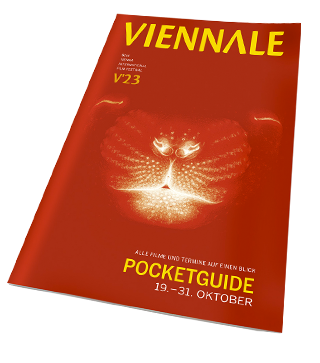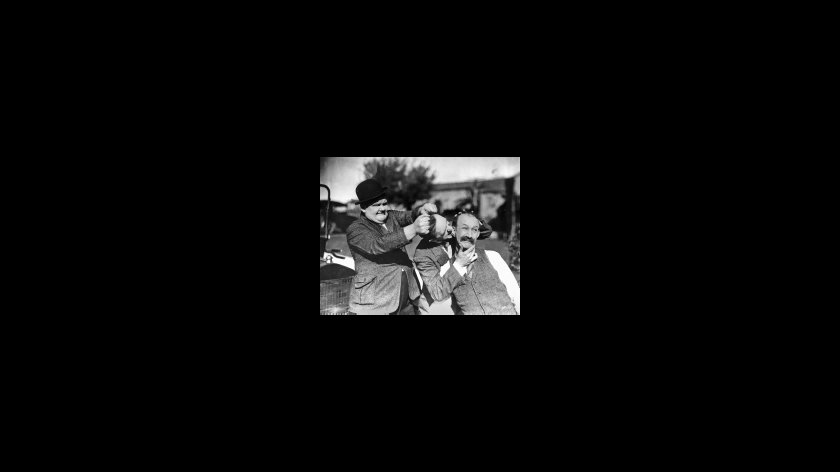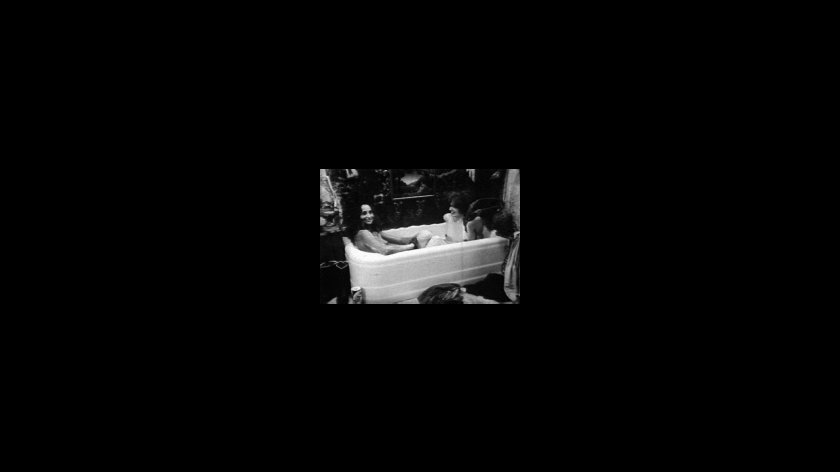SWEET SWEETBACK'S BAADASSSSS SONG
«L.A. proved too much for the man.»
Gladys Knight, «Midnight Train to Georgia»
The opening line of the Glaydys Knight's legendary 1978 soul classic is simple, yet the implications are quite profound. Knight references the quintessential struggling Black man who is disillusioned by the unfulfilled promises of migration westward to Los Angeles. Her protagonist returns to the south where he is fully aware of the racial hierarchies that define his society; this clarity is contrasted to the smog cloud that conceals much of the subtle racism that defines Los Angeles. Melvin Van Peebles' Sweet Sweetback's Baadassss Song (1971) emerges from the same cultural impetus as does Knight's protagonist, yet the political implications of the film are much more threatening to the dominant society. As a matter of fact, Sweetback concludes with a frim decleration that still haunts both the fictional space of Hollywood and the real space of postmodern Los Angeles: «There's a bad ass nigger coming back to get some dues».
<i>Sweetback</i> is firmly situated as an integral artistic contribution to the world of the Black avant-garde and the cultural production of revolutionary discourse, especially as it relates to past and present Los Angeles. Takings its cue from the Watts rebellion in 1965 and foregrounding the police brutality against African-Americans that has become as much of a Los Angeles landmark as the Hollywood sign, <i>Sweetback </i>successfully demonstrates the most efficient use of culture as an arm of larger political struggles.
Indeed, <i>Sweetback</i> forces the viewer, both then and now, to confront the dilemmas of a racialized society in anything but an ambivalent fashion. The film's aesthetic and cultural dimensions were so powerful that Huey Newton, the folkloric leader of the Black Panther Party, described the text as the <i>«</i>first truly revolutionary Black film.<i>» </i>This statement is a resounding endorsement considering that the Panthers were considered the most committed of all the leftist political groups of their time. The denial of an ambivalent space, both in terms of aesthetics and culture, must be understood in the historical context of the avant-garde as it relates to African-American culture. In a sense, African-American culture has always been the real avant-garde of American culture, constantly for-cing mainstream American culture to «catch up». This phenomenon is most recently apparent in regard to rap music and hip-hop culture, but has historical precedents throughout the history of Africans in American society. With this in mind, traditional assumptions about the avant-garde become somewhat nuanced when discussing the aesthetic and cultural dimensions of a film like <i>Sweetback.
</i>Unlike culture produced by the dominant society, or even the most avant-garde segments of elite white society, African-American culture is defined as most significant when it serves the interests of a metaphori-cal Black community. African-American culture, existing in conjunction with its assumed audience, must communicate simultaneously on several levels in order to take into consideration various class hierarchies. The result is an impetus toward linear narratives rather than toward abstraction in order to communicate to an audience that is singular in racial identity, but multiple in regard to class status.
<i>Sweetback</i> is burdened with the duality of remaining true to the issues of class that are present in defining the African-American community; at the same time, however, the film must deconstruct the hegemony of the prevailing cultural system through a rejction of the structures that are implicit in that system. The film is fully aware of this burden, claiming to star the «Black Community» and addressing the «Brothers and Sisters who are tired of the Man.» This double bind is a heavy burden considering the fact that in 1971 there was no substained movement that could be regarded as African-American cinema. Van Peebles nevertheless pursued the difficult feat by fusing the impulse of African-American oral expression with the visual medium of cinema. It is this transformation - from visual to oral - that constitutes <i>Sweetback'</i>s<i> </i>experimental nature. The embrace of the oral tradition is evident in the scenes where Sweetback is on the run from the police. The recurring Earth, Wind & Fire instrumental that accompanies these scenes would normally be thought redundant, yet in this film the recurrence operates much like a jazz riff, serving as an introduction and point of reference from which one can continually improvise. This musical extension to the world of cinema suggests that the other forms of the cinematic repetition in the film - the repeated jump cuts, for example - are improvisations on cinema itself.
Though the film alters the visual notion of cinema to a notion more in line with the oral tradition, <i>Sweetback</i> also distinguishes itself from a great deal of African-American culture as well. If no other reason than its abstract narrative and visual style, <i>Sweetback</i> differs quite radically from the traditional narrative and aesthetic format favoured by mainstream African-American audiences. <i>Sweetback'</i>s embrace of abstraction and its complex relationship to its assumed audience is best exemplified through a contrast with two important musical examples of the time period. The film appeared on the cultural landscape around the same time that Jimy Hendrix was attempting to alter his form of address to attract a larger African-American following by changing the racial composition of his band to all Black personnel. This change, far from being simply cosmetic, was an attempt to explore and in some way foreground the African- American elements that define his music. The result of these changes was the groundbreaking album «A Band of Gypsies»<i>.
</i>The corollary example is that of Miles Davis and his shift from playing acoustic jazz to playing the electronic-based fusion, Davis like Hendrix, was also very concerned with specifically addressing an African-American audience. In 1971, Davis released the controversial «Bitches Brew» which many saw as a rejection of the improvisational nature of straight ahead jazz for a music which favored electronically enhanced instrumentation more closely aligned with rock and roll. Yet for all the music's artistic limitations, this change is responsible for altering the nature of instrumental music, much the way Hendrix's guitar was credited with forever changing the face of rock and roll. In neither case were the musicians able to attract the large African-American audiences that they desired, which was in many ways unfortunate. Yet history has redeemed their avant-garde efforts to the point that these periods of creativity are now considered to be integral phases of the musician's oeuvre. What is most important though is that the artists saw themselves in a communal setting that emphasized a culturally specific address without compromising their creativity or musical sophistication.
With the privilege of historical distance it is now possible to see that Melvin Van Peebles exists in the same context as both Hendrix and Davis. Without the benefit of the storied African-American musical history that Hendrix and Davis could tap into when altering their cultural product, however, Van Peebles was forced to define and redefine simultaneously. Nonetheless, <i>Sweetback</i> remains a vital component in the canon of landmark 1970s African-American cultural production. And, like the work of Hendrix and Davis, the film was never fully appreciated during its initial presentation, but in hindsight the text is clearly the watershed moment for African-American cinema.
The «bad ass nigger» that Van Peebles prophesied so accurately at the conclusion of <i>Sweetback</i> has returned. The repression of marginalized African-American voices by the dominant society led to one of the most volatile rebellions of the 20th century. Much like <i>Sweetback</i>, a racially motivated act of police brutality set in motion the chain of events that collectively came together under the looming metaphor known as «Rodney King». Not only does life imitate art, but celluloid history repeats itself.
On the other hand, the repression of avant-garde voices by mainstream African-American society leads to the current confusion and ultimate stagnation that defines much of contemporary African-American culture. With few exceptions, African-American culture has rejected ideas of originality and creativity in favor of a more lucrative ideology of repetition. Those cultural products that test the bounds of mainstream inclusion are less viable than those which recycle the most successful products from the past. <i>Sweetback</i> is to some extent a leftist dream of cultural utopia, an ideologically sophisticated product which in the most uncompromising way made a cultural impact at a massiv level. The images and themes of this film served as the storehouse which was eventually raided and simplified by Hollywood and would become the blueprint for Hollywood's presentation of early 1970s racial politics, the «blaxploitation» film. With so much credibility from various societal sectors at a historical level and the prophetic return of the film's political discourse in contemporary society as evidence, it is now obvious that Van Peebles' cinematic thesis is cause for endless celebration.
- Simon Chuckster
- Melvin Van Peebles
- Hubert Scales
- John Dullaghan
- West Gale
- Niva Rochelle
- Rhetta Hughes
- Nick Ferrari
- Ed Rue
- John Amos
- Lavelle Roby
- Ted Hayden
- Mario Van Peebles
- Sonja Dunson
- Michael Augustus
- Peter Russell
- Norman Fields
- Ron Prince
- Steve Cole
- Megan Van Peebles




